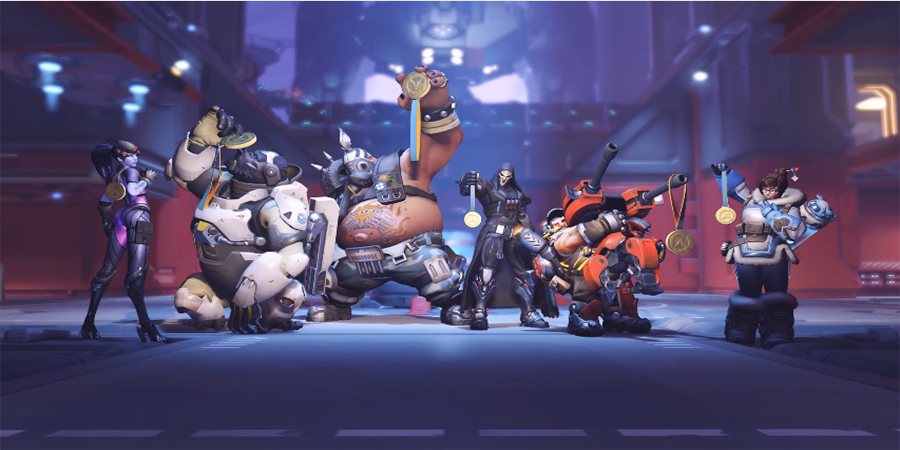
If you are reading this, congrats! Welcome to 2017, a year where we put all that death and destruction behind and nothing bad will happen, right? *Knocks on wood.* No? Carry on then.
With all the popular kids putting together their best of 2016 lists, I figured I’d put together my own list of my favorite games I played last year. Despite the reduced leisure time I have these days, I managed to squeeze quite a few games last year. Actually, there were only three games I grabbed close to launch with the bulk of the games on this list purchased towards the end of the year. This means I’m still working through several of these games, but I think I’ve played enough of each game to know where they rank on my personal list.
Having obtained authorship on TAY last month, I suppose now is a good time to introduce myself and share a little of my gaming background. Growing up, I was always a Nintendo kid, with the earliest memories of gaming being Super Mario World and Street Fighter II. It wasn’t until I saw Donkey Kong 64 for the first time and got my N64 sometime afterwards that I would begin my journey into gaming. My tastes have varied over the years, but I tend to play a little of everything. My favorite genres include platformers, action-adventure, fighting (although I’ve recently fallen out of it these days, outside of Smash), RPGs (this one has gained quite a bit of traction for me), and stealth games (I like the problem solving aspect), among others.
Probably the biggest surprise of this year was the resurgence of a genre I had primarily avoided like the plague ever since Call of Duty (among similar titles) shaped the majority of AAA titles being pumped out at an alarming rate. I’m talking about the first person shooter genre of course.
To my surprise, it would be the first person shooter genre that I spent the most amount of time this year among all other games! That’s not to say I’ve never enjoyed any shooters up until now. Actually, looking back at this list (or as GiantBoyDetective wrote a while back), maybe it wasn’t so much the genre I had issue with, but rather, there have been few games that have done anything different with the first person perspective beyond the same cut and paste military shooter we’ve all seen up until the last few years.
The Year That Convinced Me First Person Was a Worthwhile Perspective
To put things in perspective, the last first person game I absolutely loved was Metroid Prime, a game released in 2002 that I would not play until the rerelease in the Trilogy collection back in 2009. Since then, I’ve played plenty of other shooters or games with guns after that, but rarely in the first person perspective, and even less online.
TL;DR: I was bored and looking for something new.
This year introduced me to several new games with their own spin on the genre, but that wasn’t the only thing I played all year. There were plenty of PS Plus titles I checked out, several Capcom classics I jumped into for the first time (notably Okami and Resident Evil), a few RPGs, and even some fighting games for old time’s sake.
Nintendo was most notably absent, but they managed to pump out some final titles that may have been overlooked given their hints last year of where they are going in 2017 with their new console.
We even saw the release of two major games that I thought would never see the light of day, but they actually released!
2016 might have been a rotten year overall for the world, but the gaming scene shined brighter than ever, and I can’t wait to see what’s in store this year. So for this list, my only rule is that it had to have been released in 2016 and I actually had to have played it. Originally, I planned to do a top 10 list, but I’d be padding this list too much. I also missed several key titles this year (sorry Final Fantasy XV!), so don’t be surprised if I don’t mention a specific game or two.
So without further delay, here are the best games of 2016 that I played. These are listed in no particular order, excluding the last 3 games.
Deus Ex: Mankind Divided

Deus Ex: Human Revolution was one of my favorite modern stealth based games when it released in 2011, so the sequel’s inclusion was a given. Despite being largely overshadowed by other stealth games this year, Deus Ex: Mankind Divided builds on the excellent foundation Human Revolution introduced and expands it by introducing several augmentations and smaller improvements to stealth and combat, as well as addressing the issues of playing lethally this time around. Like Metal Gear Solid 5 and the Batman Arkham games, it does an excellent job making you feel like the ultimate action hero with a variety of tools and weapons to use on enemies.
Mankind Divided doesn’t quite reach the heights that Human Revolution set with a weaker story, shorter campaign outside of side missions, and overall feeling that content was cut in an effort to make future sequels. That being said, if you enjoyed the first game and just wanted to jump back into Adam Jensen’s augmented feet, then Mankind Divided is a solid follow up.
XCOM 2
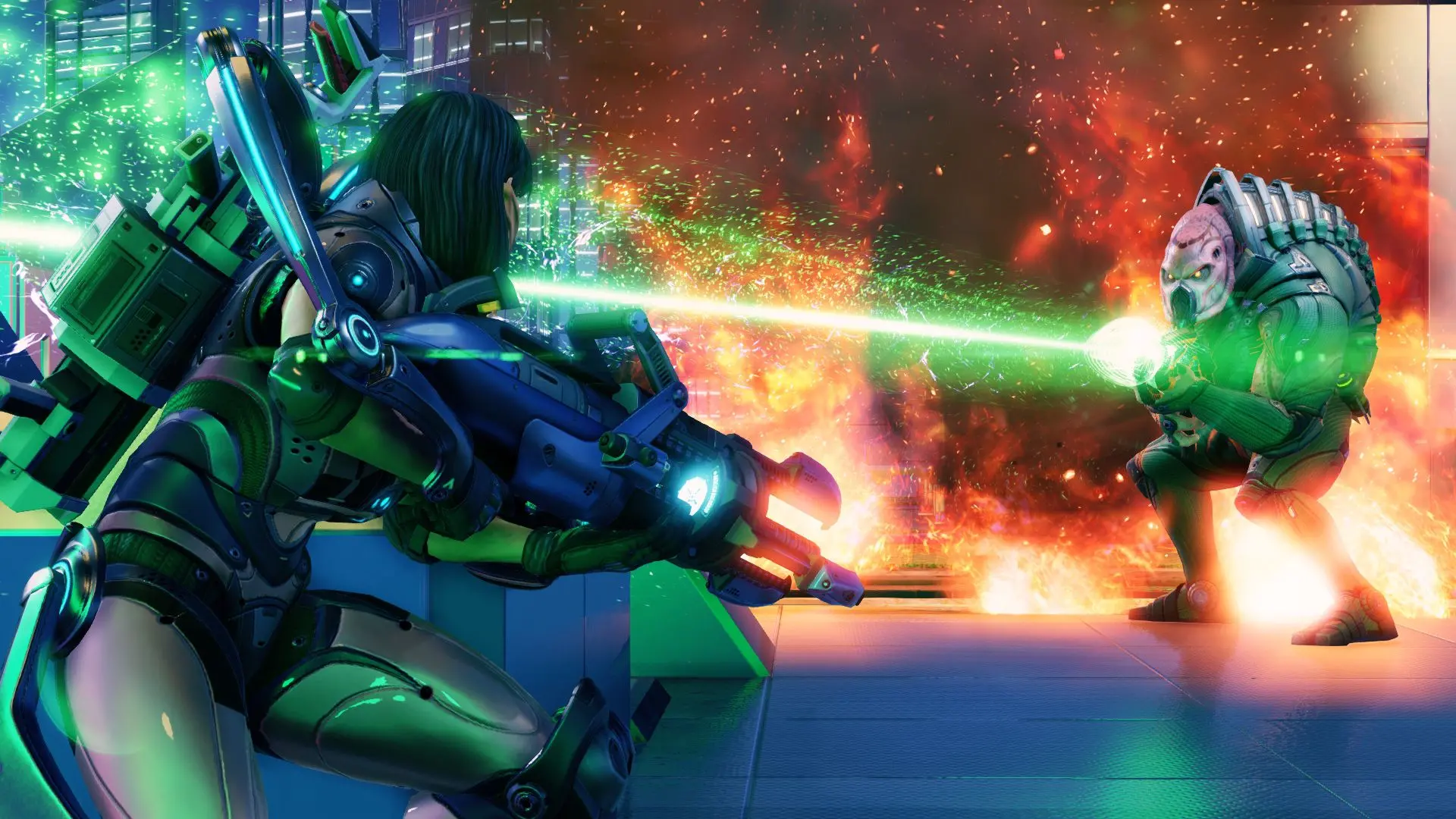
By the time I got around to picking this game up, I was beginning to become a little skeptical that none of these follow up titles to games I previously enjoyed would live up to their predecessors. So how does XCOM 2 manage to feel different from Enemy Unknown? Simple: they reverse your position, give the aliens the homefield advantage having conquered Earth, and provide a number of changes that require veterans of the first game to reconsider their tactics as everything from mission structure to enemy abilities have been reworked. Even out of combat, managing the XCOM HQ has been made much more unpredictable as you scavenge the world for intel and resources while dealing with the game’s “Dark Events” that can influence your current campaign run or end it altogether if you are not careful, adding another layer of tension.
The difficulty and punishing RNG can be too much for players who dislike hard games, and while I never see myself attempting the higher difficulties, I can safely say this was one of the most well crafted strategy games of 2016.
Dishonored 2
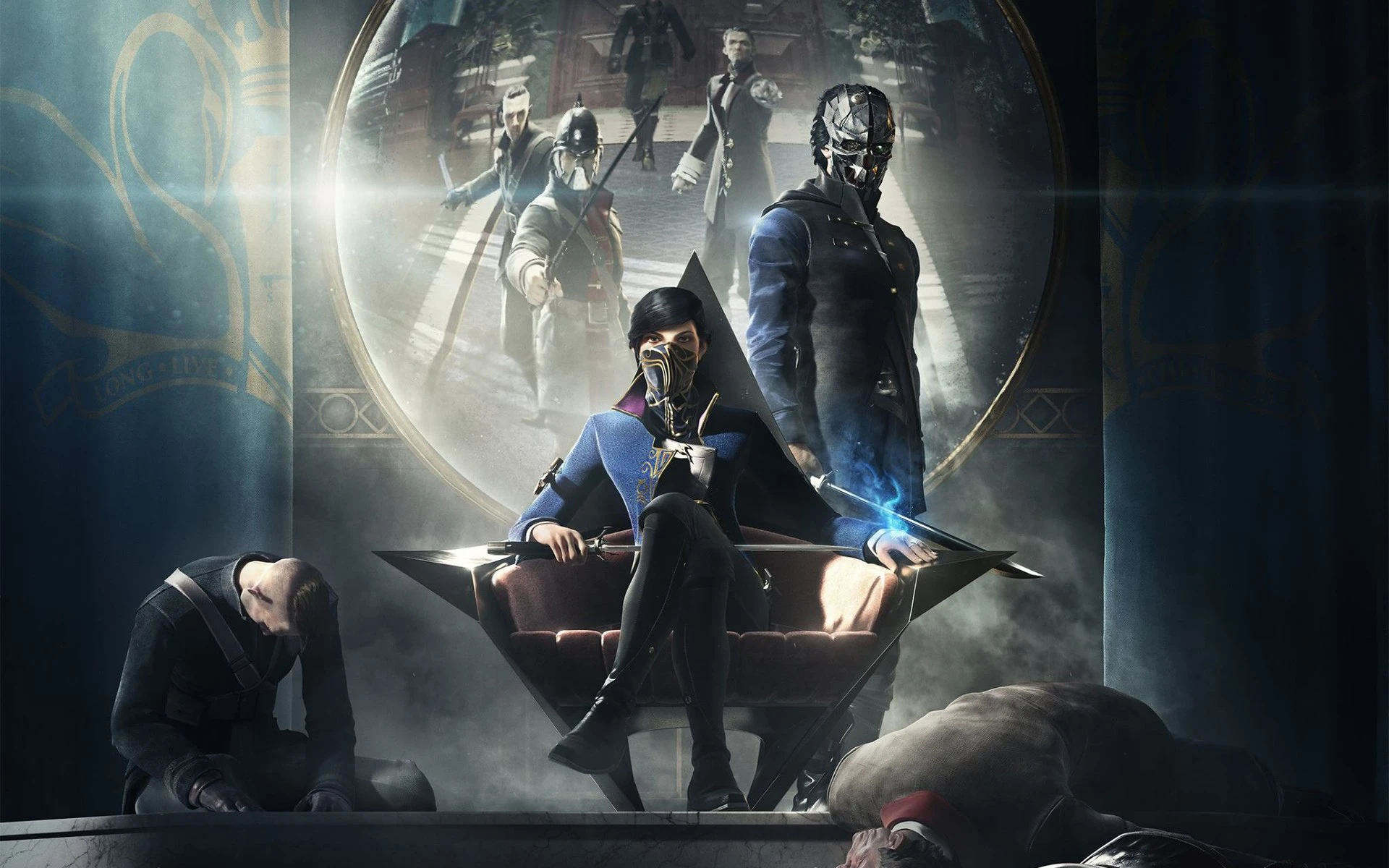
I’ll admit, I haven’t dipped quite as much time into this one as I would have liked, but each time I have loaded up Dishonored 2, I’ve generally found something new to enjoy. Like the first game, you are free to experiment and figure out multiple solutions to sneak past heavily guarded areas and take out targets. Adding Emily as a playable character with her own set of abilities gives both returning players and newcomers a second option to tackle challenges differently and a reason to play through the game multiple times.
With the addition of new game plus being patched in and with powers carrying over multiple walkthroughs regardless of which character you select, not to mention improved visuals and a more colorful world in Karnaca compared to the first game’s Dunwall, and you have a sequel that manages to improve on what made the original an amazing game.
Doom
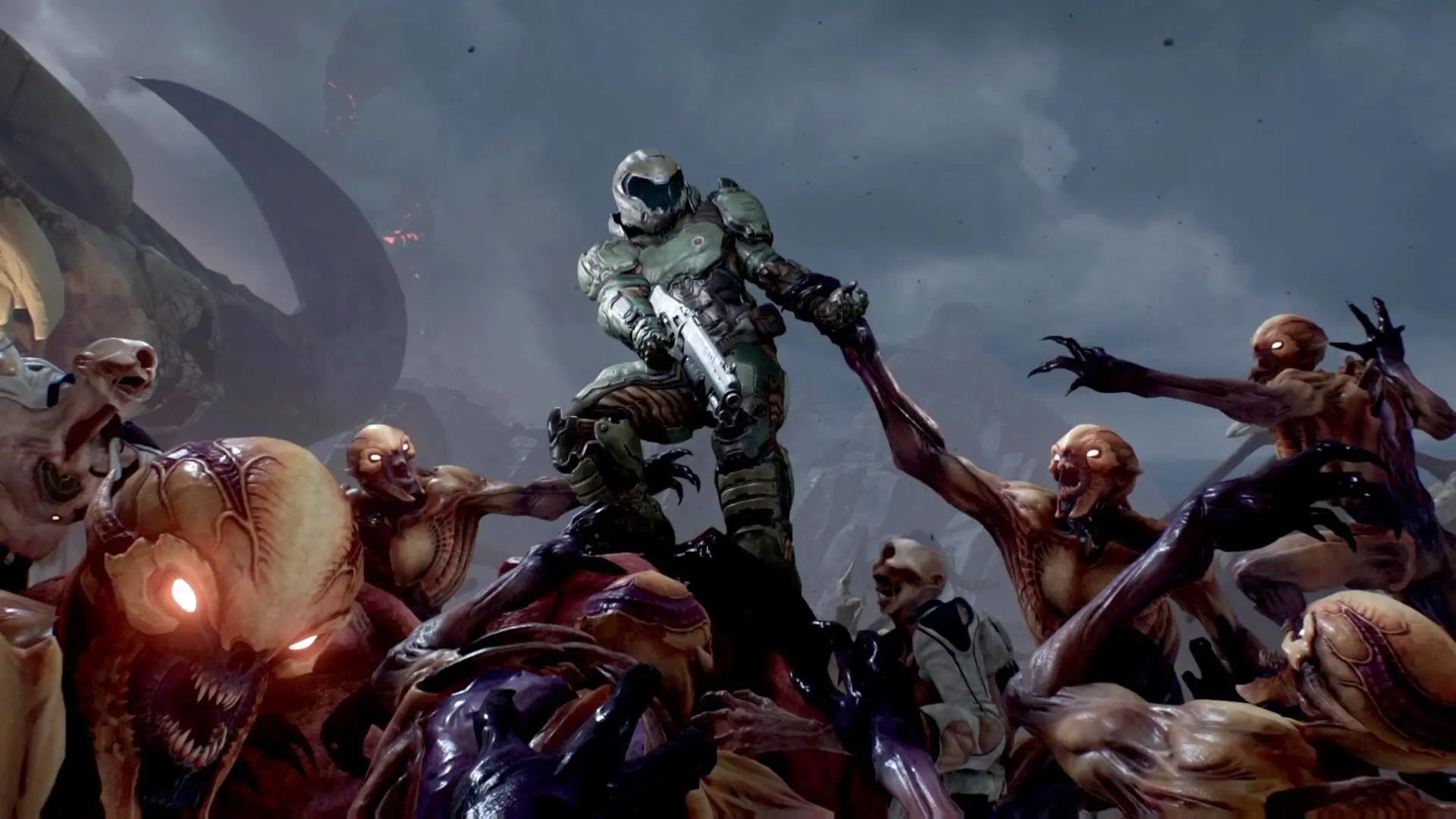
So now we get into the top 3 games of the year, and much to my surprise, Doom managed to rip and tear its way to into the my personal GOTY nominee list.
Doom (2016) is pretty much a love letter to the original 1993 game of the same name and shooters of yesteryear. It’s simple, yet engaging gunplay stands in complete contrast to other shooters: no regenerating health, emphasis on fast and continuous movement, and getting up close and personal with your foes.
The campaign is also really well done. It wastes no time getting the player into combat and the levels actually require thorough exploration to uncover the many secrets hidden within each one. Multiplayer is a bit weaker compared to other titles released this year, and the demon runes can make matches feel more “luck-based,” but I rather enjoyed Doom’s arcade style shootouts.
Doom is one of the best shooters I’ve played in 2016 and recent memory. It stands out as a reminder of a time that has long passed and managed to improve on it in spectacular bloody fashion.
Winner: GOTY Nominee, Best Soundtrack, Most Metal AF Game of 2016
Titanfall 2
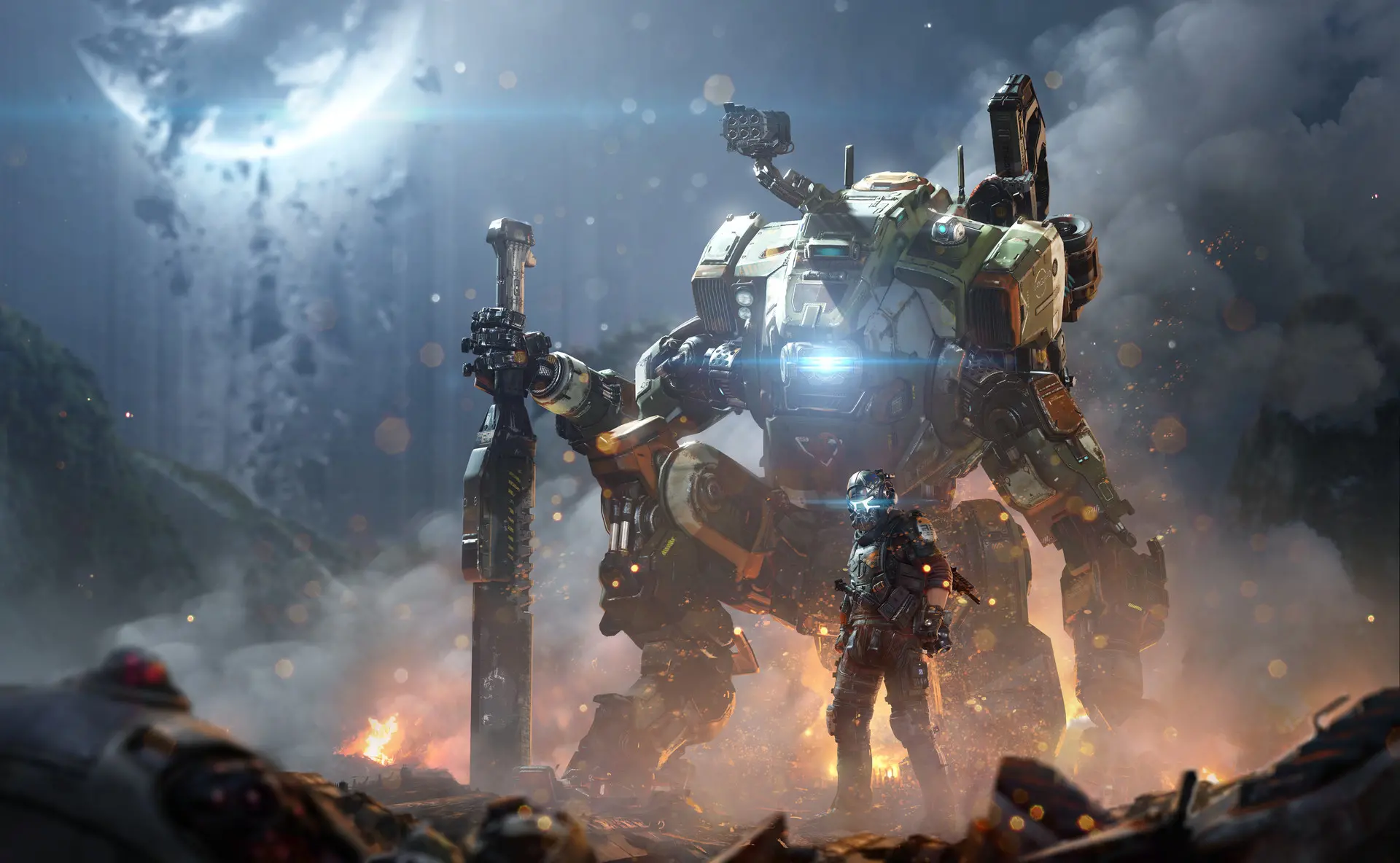
If Doom is a return to classic FPS design, Titanfall 2 is very much the modern FPS. I didn’t expect to like this game as much as I did, but I got to give credit to Respawn Entertainment in building one of the finest shooters of 2016.
The two things that helped the original Titanfall feel distinct from its shooting peers are mobility (something other shooters have since adopted) and the Titans themselves. This being my first actual go with the series, I can’t seriously get over how good the movement feels in this game. The ability to sprint and wallrun on almost any surface keeps battles frantic and interesting. Once Titans enter the mix, another metagame emerges as you rain down destruction on enemy Pilots or lock horns with other Titans while avoiding getting blown up by both. The game avoids making the Titans too overpowered with a limited amount of health and multiple ways of countering Titans as a Pilot or spawning your own Titan. A notable mention was the exclusion of a season pass with this game; a practice I’d like to see more of in the AAA industry.
Of course, no discussion of Titanfall 2 is complete without bringing up the excellent single player campaign. Aside from giving us the awesome BT-7274, there were several excellent levels that challenged the design of most modern shooters which up until recently have been mostly linear, corridor based, and heavily scripted. While Titanfall 2 still follows that formula (i.e. get from Point A to B), each level introduces a new twist or gameplay mechanic that builds upon the basics you’ve been learning (wall runs, jumps, slides, and shooting) and applying them in different situations. Without giving too much away, one of the best levels has you navigating a facility to get through a series of obstacles including missing panels and walls that you must time correctly while switching items to avoid plummeting to your death. The level design in this particular level seems more on par to something out of Super Mario than I would have expected from a modern shooter. The Titan combat also helped break up some of the longer levels.
It was incredibly hard to decide where to rank this game and Doom given how well the latter was designed overall, but ultimately Titanfall 2‘s controls, movement, and short but sweet campaign, along with its fun online component gave it a slight edge here.
Winner: GOTY Runner-up, Best Campaign
Game of the Year: Overwatch
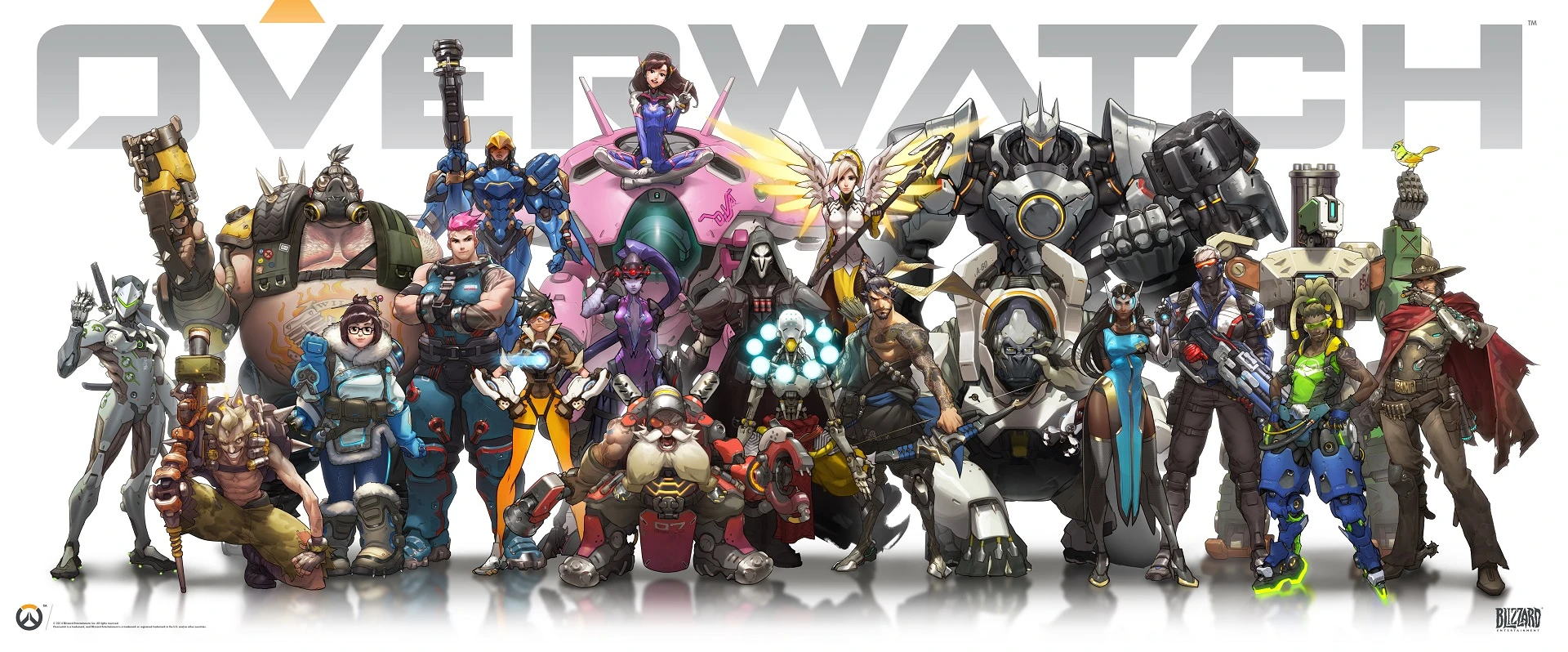
It’s no secret I absolutely loved Overwatch (my avatar is Reaper as of this writing), but this game came as a total surprise for me prior to playing the beta. Before then, I had very little interest given the large unknowns about this game. I play almost exclusively on console, have never played anything from Blizzard, and was not sold on the idea of a multiplayer only game with hints of MOBA elements. Fast forward to the public beta and whatever doubts I had were put to rest.
While Overwatch is not the first team based shooter of its kind given the comparisons to Team Fortress 2 (a game that likely inspired the former), the game manages to stand out in one of most overpopulated genres of gaming today by providing a unique spin on the genre. Unlike other shooters, Overwatch is a game that places a greater emphasis on cooperation. You’ll find no combat rewards from kill streaks here (aside from filling your Ultimate meter quicker), and charging head first into danger on your own is more than likely to get you killed first. Even if you are dominating and can pull off a triple kill with Reaper’s Death Blossom, it’s all meaningless if your team can’t manage to take or defend the objective. This is a game where the team healer or tank taking damage is no less important than the player getting kills and headshots.
Overwatch is an objective based team shooter with two 6 player teams selecting characters among 4 class types (Offense, Defense, Tank, and Support) with the goal of pushing a payload to its destination or capturing points. Team Deathmatch and similar modes focused on eliminating enemy players are largely absent. Here, matches are a constant game of tug of war with teams battling over control points.
But what really separates Overwatch from the crowd are the characters. No two characters play identically, even within the same class. Every character has their own play style, unique guns and abilities, and strengths/weaknesses. And since you are not locked down to one character per match, you are free to change your character as the situation calls for it. The range of characters include a cyborg ninja who fights with a sword and shuriken, an armored knight wielding a large hammer and energy barrier, a professional gamer turned mech pilot, a gorilla scientist that uses a tesla cannon and portable dome shield, and a robotic monk that floats and fights with orbs, among others. This is a small sample of the game’s 21 playable characters that were available at launch, with more being added or planned down the road.
It’s clear that Overwatch was arguably one of the most talked about games of 2016 and has already spawned fan artwork, memes, cosplay, and other fan content. Giving it the GOTY might seem a bit cliche given the vast number of outlets have already reached a similar verdict, but I’m not basing my decision based on popularity. Even without a campaign and a limited amount of modes at launch, the game’s easy to pick up, difficult to master gameplay was a refreshing change of paste in a year packed with sequels and even a few disappointing titles. It’s also really damn fun to play.
Blizzard created one of the most memorable games of 2016 and is my overall pick for GOTY.

Winner: GOTY of 2016, Best Multiplayer
Honarable Mentions
Fire Emblem Fates: Birthright and Conquest
Coming off the heels of the excellent Fire Emblem Awakening, Fates tried a number of things to help differentiate itself from its predecessor; the biggest splitting the game into two unique titles (Birthright and Conquest).
While I greatly enjoyed fighting for the armies of Hoshido and Nohr in each respective campaign, something felt off about each game. Birthright played it safe by following the traditional Fire Emblem design of route the enemy or capture a base while Conquest’s brutal difficulty spike made for some spectacular rage quitting moments (and retrying a level for the 20th time). Outside of that, there were other little new gameplay mechanics I wasn’t fond of including My Castle, the revamped weapon system, and the splitting of weapons and classes across games. This is particularly notable in Conquest when you start encountering enemies with Seal skills which debuff your units if the enemy is still alive, and can get real nasty when facing off against multiple units with the same skill (debuffs stack)
Both are competent games individually, but neither quite reaches the heights of previous games, with the exception of Shadow Dragon (the weakest game IMO). I can’t recommend it to newcomers, but veterans should still give it a try.
Winner: Best Handheld
(Editor’s Note: This was my only handheld game all year, so this won by default. And yes, I’m still salty about Pokemon GO winning this one at The Game Awards.)
Furi
Furi is pretty much what you get if you take No More Heroes, removed everything except the boss fights, and made the game an arcade shoot em up/bullet hell experience. Each level consists of a multilayered boss fight where you dodge, shoot, and slash anyone who stands in between you and your freedom. With its arcade like gameplay, beautiful in-game world, and intense boss battles, Furi quickly became one of the more intriguing indie titles I played this year.
Furi makes no apologies for its difficulty, and some of the final fights/stages require very quick reflexes and pattern recognition. There were a few towards the end that required you almost completely dodge a stream of bullets and other projectiles before you could deal damage to the boss. One specific boss fight comes to mind *Small spoiler*:
Aside from dealing higher than usual damage at this stage, this particular boss has a one shot kill, and even a small misstep at this point can completely screw your momentum, leaving you wide open for that fatal shot. Oh, and if you die, you repeat that stage until you get it right or you run out of attempts (3 if you managed to keep your lives). In the case of the latter, that meant repeating the entire level from the beginning just to get to that point again.
Despite this, I repeated the stage with the goal of nailing the pattern down and eventually managed to complete the game, including the secret 11th boss. It’s addictive nature and tight memorization make it a great speedrunner’s game, but it’s cast of characters and visual style stand out just as well. It’s also got a pretty killer soundtrack.
Winner: Best PS Plus Game and Best Indie Title
Games I didn’t play last year but wanted to:
Uncharted 4, Final Fantasy XV, Owlboy, Inside
Most Anticipated Games of 2017:
Persona 5, The Legend of Zelda: Breath of the Wild, Super Mario Odyssey, Nier: Automata, Yooka-Laylee
And that was my personal 2016 year in gaming, but I’m sure many of you had different experiences. Let me know your thoughts down below and feel free to share any other titles I most likely missed out on the first time.
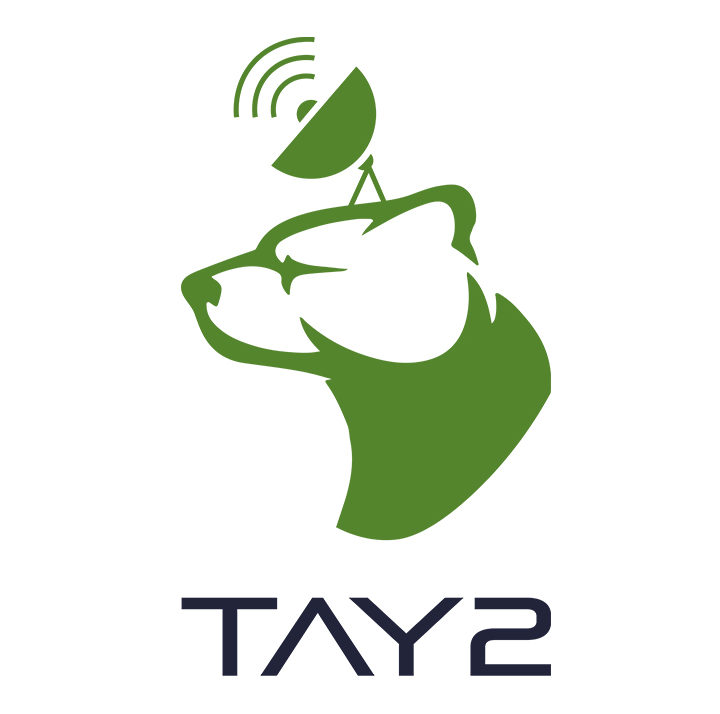
Get involved!
Comments